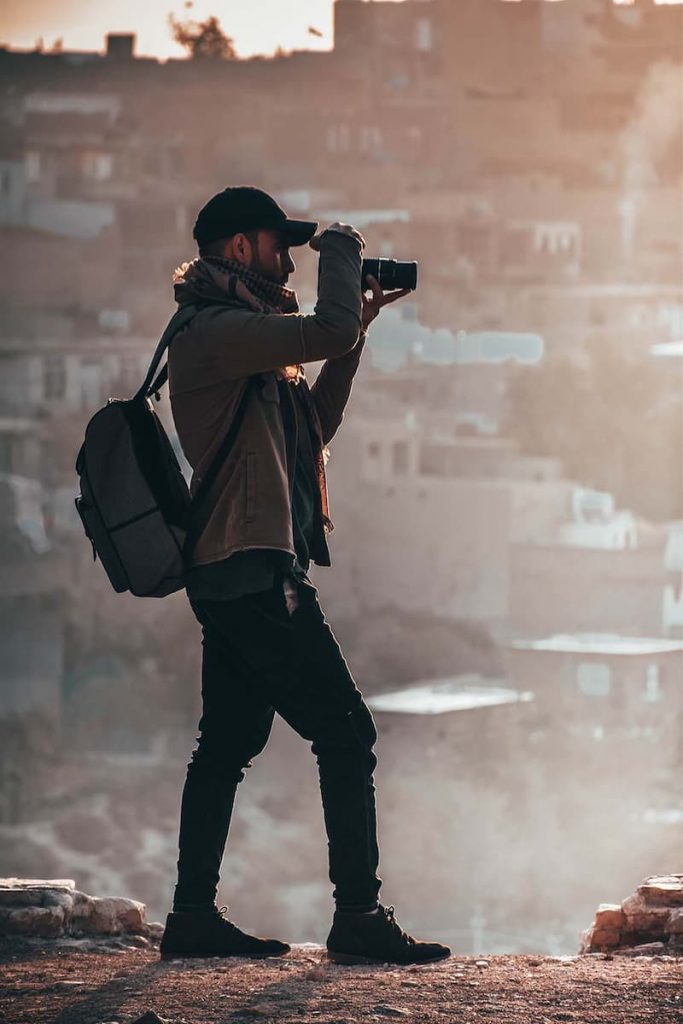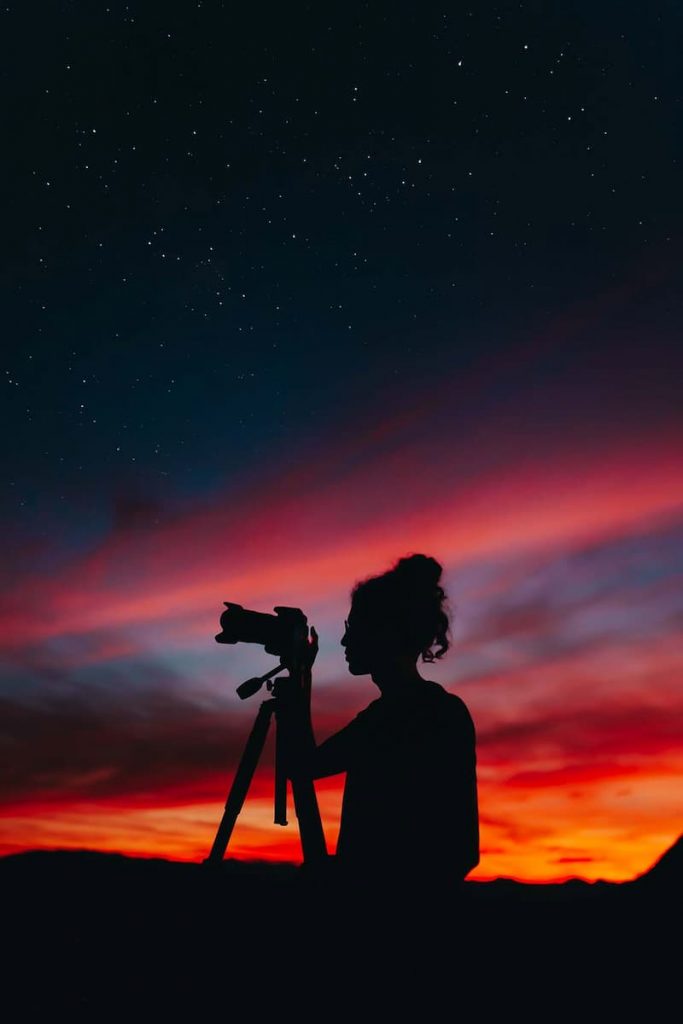Taking photos consciously is always a challenge, even when we don't mean "serious" photography. As an amateur photographer, it's hard to go back to the time when we shot without thinking about composition, about the relationship of objects in the frame, about the concept, after all. We've taken control of these things and learned to use them tolerably, to one degree or another. When that happens, we're usually already so interested that part of our lives is taken up by looking at other people's pictures. We wonder what others are doing. We begin to be influenced by other people's images. This is where what we look at and how we look at it come into play. The factor of vision comes into play. I want to talk about this, as well as about creativity in general, today.

About Visual Experience
Visual experience is specific for each photographer. What he has seen and understood, however, is not necessarily understood and accepted. Everyone sees hundreds of images a day, but the photographer adds other, "optional" images to this "casual" experience. The specifics of visual art kind of oblige. And then there's the widespread belief that you have to watch the best: the classics. The argument makes sense, especially in the initial stages of establishing a photographer's visual taste, you need to look at these classic shots, just to know them. What is overlooked, in my opinion, is the fact that photography does not end with the classics. Moreover, looking exclusively at the classics is, in a sense, harmful.
Photography has long since moved into something bigger, integrated into other fields, such as conceptualism. Becoming the visual mouthpiece of contemporary art, photography encourages us to look for new forms, new ways. It is quite difficult to create something new by looking only at the old. That is why you have to know the classics, but constantly looking through Bresson's albums is boring at the very least. For all love of the classics, photography has become so diverse, contemporaries are doing so many things, that it is too one-sided to keep the focus only on the past. The photographer's gaze should be directed in both directions - to the past and the future, feeling the present at the same time. The vision has to be broad.
When creating your images you must always keep the present in mind. Often, photographers are criticized for allegedly not doing anything new. "It's all been there before" is a prickly phrase that is very uncomfortable to hear. On the one hand, "nothing is new under the moon," on the other hand, absorbing the collective visual memory, a person (in the first stages at least) unconsciously repeats, models what he has seen before, with certain adjustments, of course, and in this there is a weak, but novelty. Each person's vision is slightly different from that of others, and that's fine. To widen this gap between the "collective" memory of society and the individual expression of self is a goal I find interesting.
Over time, as the experience accumulates, all the most interesting images are eventually exhausted. A moment of intersection of the exceptional concentration of the visual experience of the individual and... chance. When a photographer exorgs a shot, he concentrates his inner world in it. Most often the photographer does this unconsciously and does not realize it. The realization comes only later. It seems like it was a test shoot, but the picture came out so "weird. At such moments it is as if you return to the old you, who is not constrained by all these rules, thinking over the frame. There can be not only a personal novelty, but also an objective, "general" one. To say something new is to find new connections. This happens quite rarely, and to increase the chances you need to have a good base, you need to create the conditions. Vision as part of those conditions helps, it helps even more if you take a broader area where you look, look for.

Conclusion
When you start shooting not for someone, but exclusively for yourself, you start to move away from the "mainstream" in photography anyway. An image is a reflection of the personality of the author, and personality dictates the visual language. Individuality manifests itself more strongly, and with it the desire to have nothing in common with the conventional. This is why the new is often rejected by others: it is too different, the rhetoric of images is sometimes such that it is hard to accept. And only time will tell if it was something that creates a separate shelf inside the viewer, or if it was just another farce. It's important to do your own thing and not be afraid to experiment. And to be able to do that, you have to look in all directions. Train your perception.

